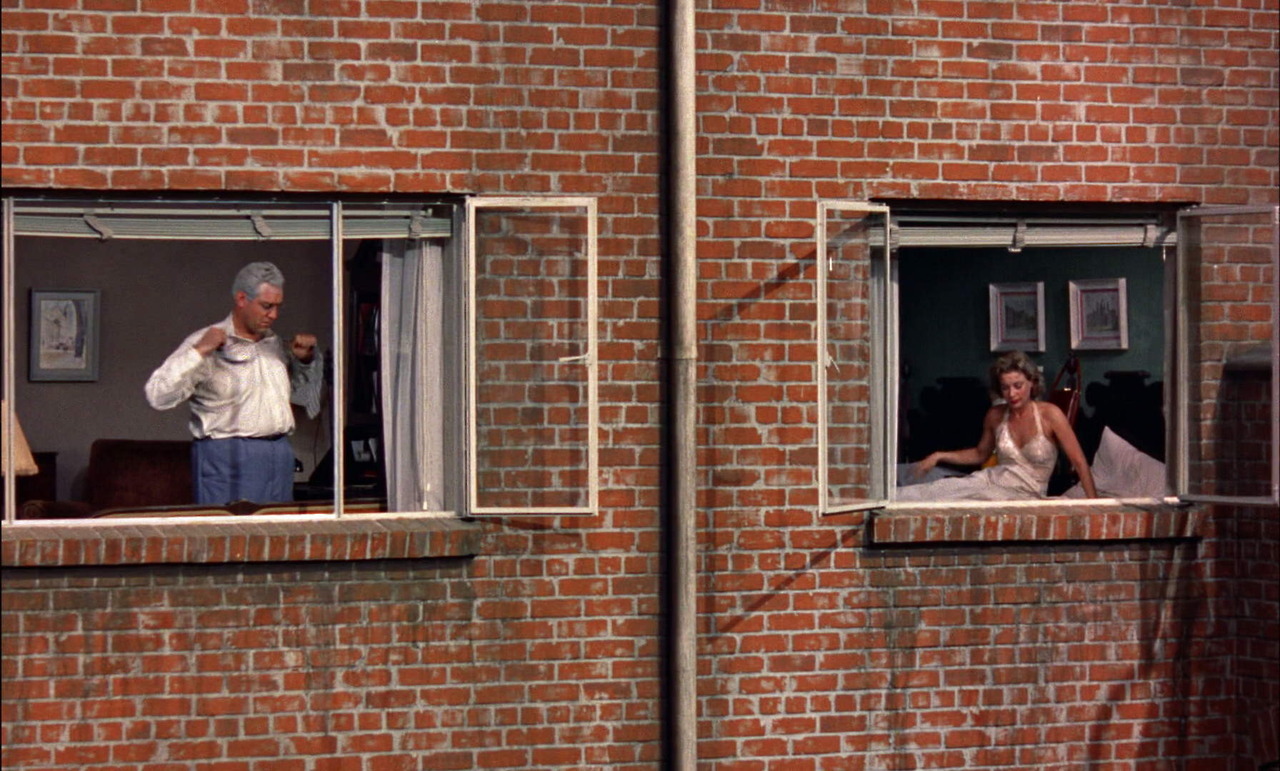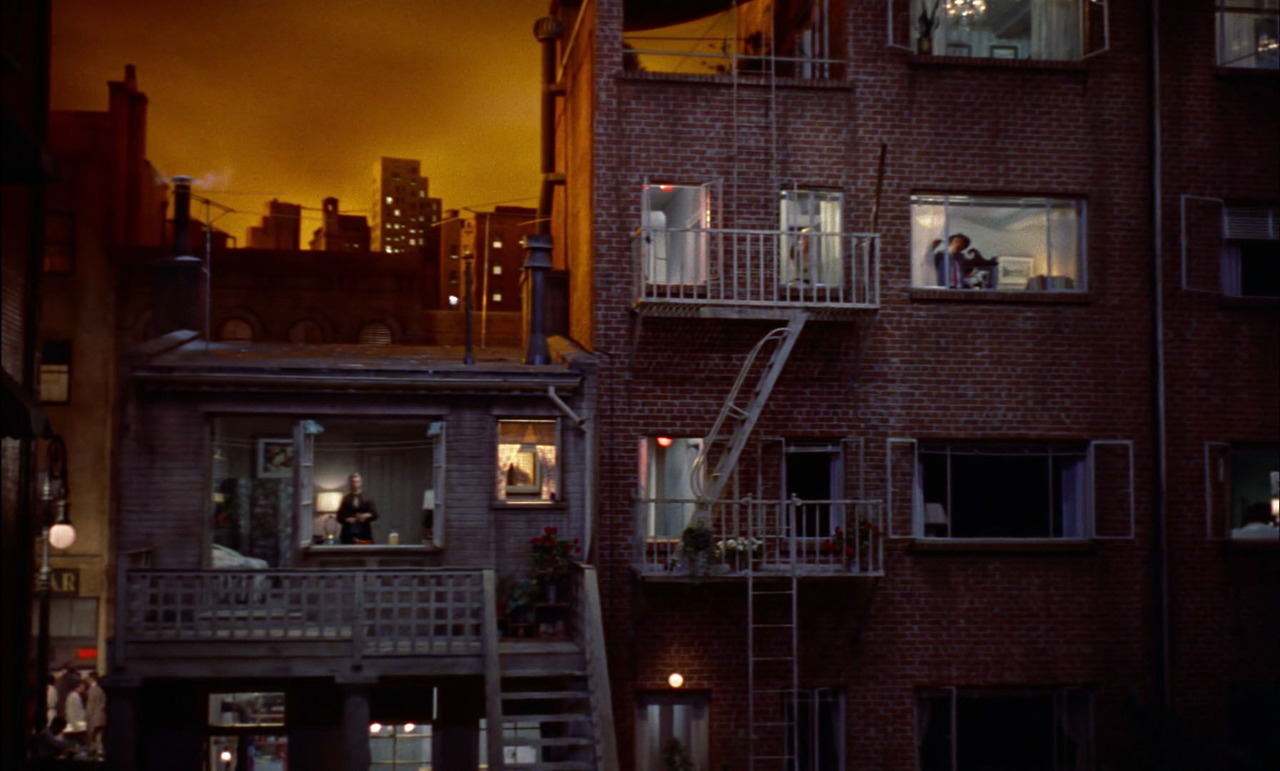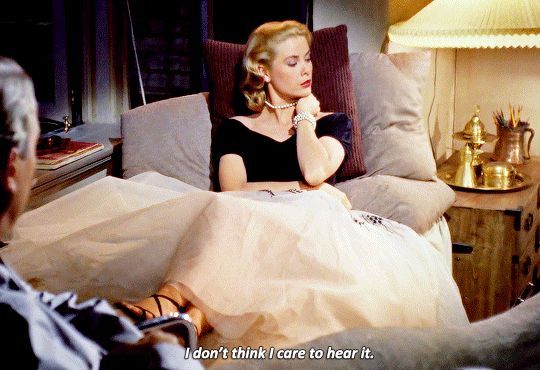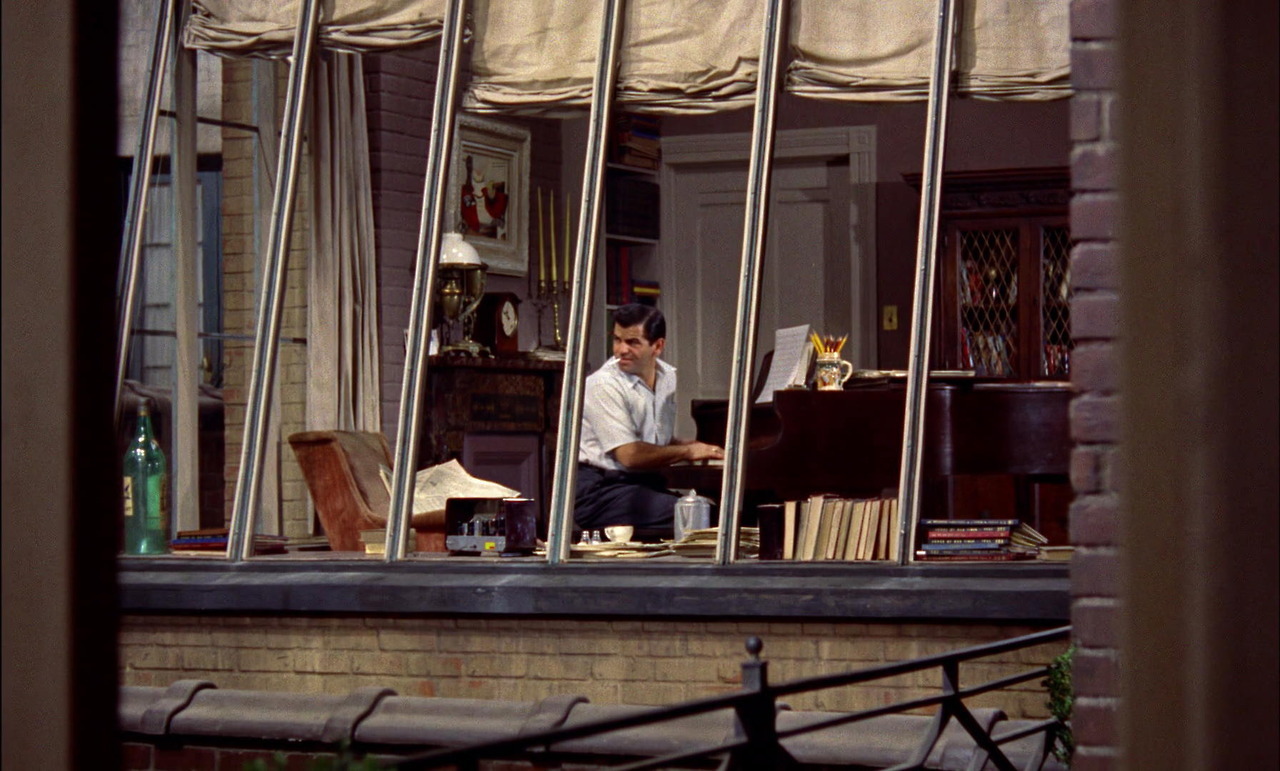American painter Edward Hopper was born on this day in 1882 in the Hudson river town of Nyack, New York, and what better opportunity to publish this post than on the man’s birthday!
 Edward Hopper, Night Windows, 1928
Edward Hopper, Night Windows, 1928
Although Edward Hopper is mostly remembered as the painter who captured the alienating mood of the modern city in his scenes of solitary people, lonesome bars and empty streets, but it’s not the portrayal of the alienation in the city which fascinates me the most in his art but the voyeurism which shines through in his painting “Night Windows”. While we gaze at the painting, we too are the voyeurs of this quiet night scene tinged with eroticism and mystery. Three windows reveal to us a sight of an illuminated room where a figure of a woman dressed in a salmon toned slip is half-hidden from us, and yet the little glimpse of her that we do have makes us crave her presence. The figure of a woman in a slip is sensual yet subtle. The darkness on the outside of the murky old building is contrasted strongly with the interior full of lightness and intrigue. The woman is like an actress on an illuminated stage, aware that all eyes of the auditorium are on her, yet feigning ignorance of the fact. The painting looks like a still from the film, and indeed Hopper’s other passion, besides painting, was the cinema. Two windows are closed, but the third one is open and allowing the fresh night air into the room. A billowing white curtain is dancing in the midnight breeze.
Even though the painting seems like a film scene, the inspiration came from literature and not from cinema: “Night Windows recalls the experience of the voyeur pastor in “The Strength of God,” one of Sherwood Anderson’s short stories in Winesburg, Ohio. From the clergyman’s study in the church bell tower, he accidentally discovers that he can see into the bedroom of a young woman in the house next door. He becomes a virtual Peeping Tom, unable to resist being drawn to spy upon the woman in various states of undress. “When the shade of the window to Kate Swift’s room was raised he could see, through the hole, directly into her bed.” (…) Night Windows communicates a mood like that, too, of Anderson’s 1923 Many Marriages, which was the first of his novels to focus on modern sexual experience. (…) Anderson’s preoccupation in Many Marriages is with the symbolic value of nudity, sexual frankness, and the inner emotional life of its characters. In a number of his subsequent oil paintings. Hopper addressed similar issues of voyeurism, temptation, repression, and sexual ennui, continuing the imaginative exploration of the etchings.” (Gail Levin, Edward Hopper: An Intimate Biography, 1995)

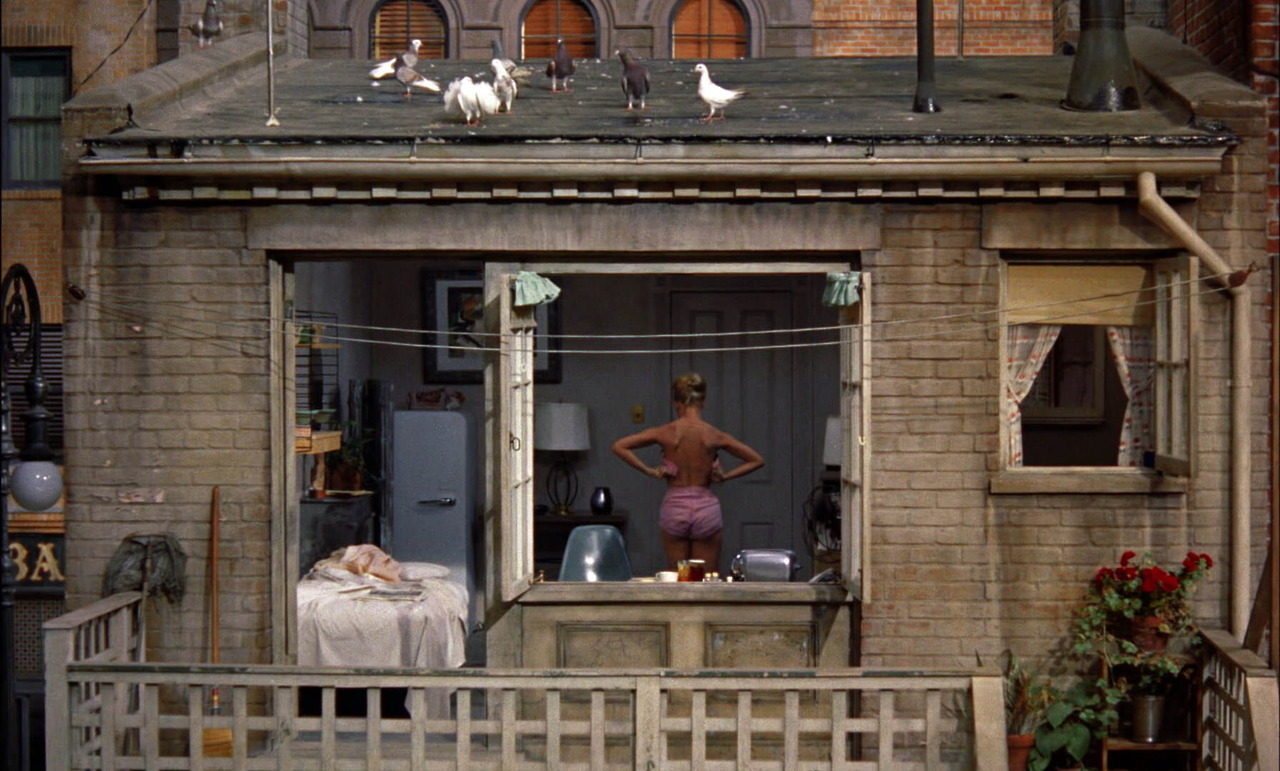
The same voyeurism appears in Alfred Hitchcock’s film “Rear Window” (1954) where the broken-legged photographer L.B. “Jeff” Jeffries (played by James Stewart) spends the long, lazy and hot summer days resting and spying at his neighbours in his Chelsea apartment whose rear window is looking out into the courtyard. At first he is doing it to pass the time and then later their seemingly ordinary lives begin to intrigue him more and more. Each neighbour is like an animal in the zoos; not behind bars but behind their large windows and balconies, ordinary yet strange in their unique way. He observes a flamboyant dancer he nicknames “Miss Torso”; a single woman he calls “Miss Lonelyhearts”; a talented yet lonely pianist, a newlywed couple, and a middle-aged couple who sleep on their balcony in hot summer nights, a female amateur sculptor; and Lars Thorwald who is a traveling salesman with an ill wife. The beautiful and sophisticated Grace Kelly plays his girlfriend who joins him in his peeping Tom activities which ultimately lead them both to a discovery of a murder. I really liked something that Jeff’s friend Tom, who is a detective, said about spying on neighbours: “That’s a secret, private world you are looking into out there. People do a lot of things in private which they couldn’t possibly explain in public.” And Edward Hopper captured that world on his canvases.
